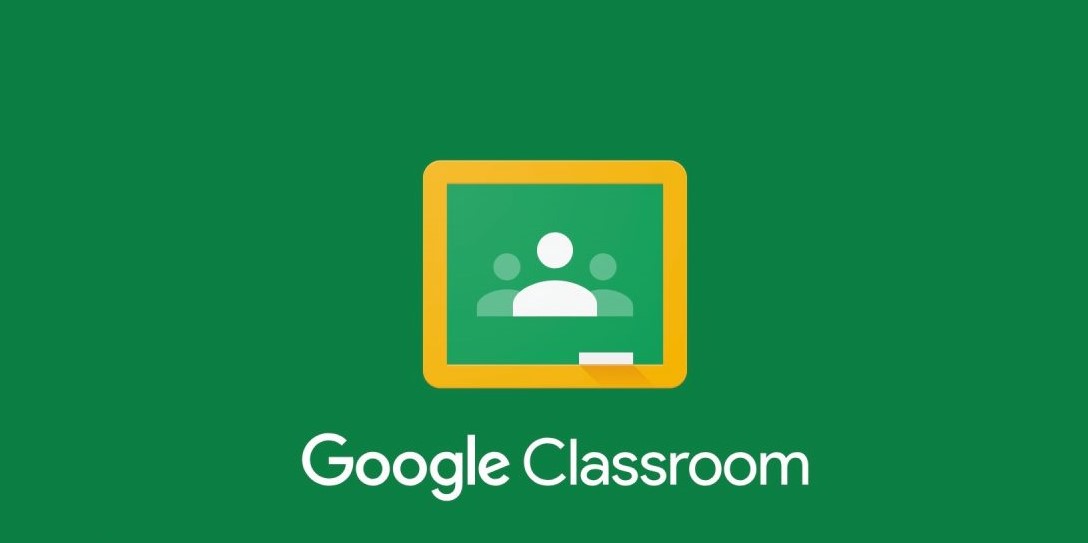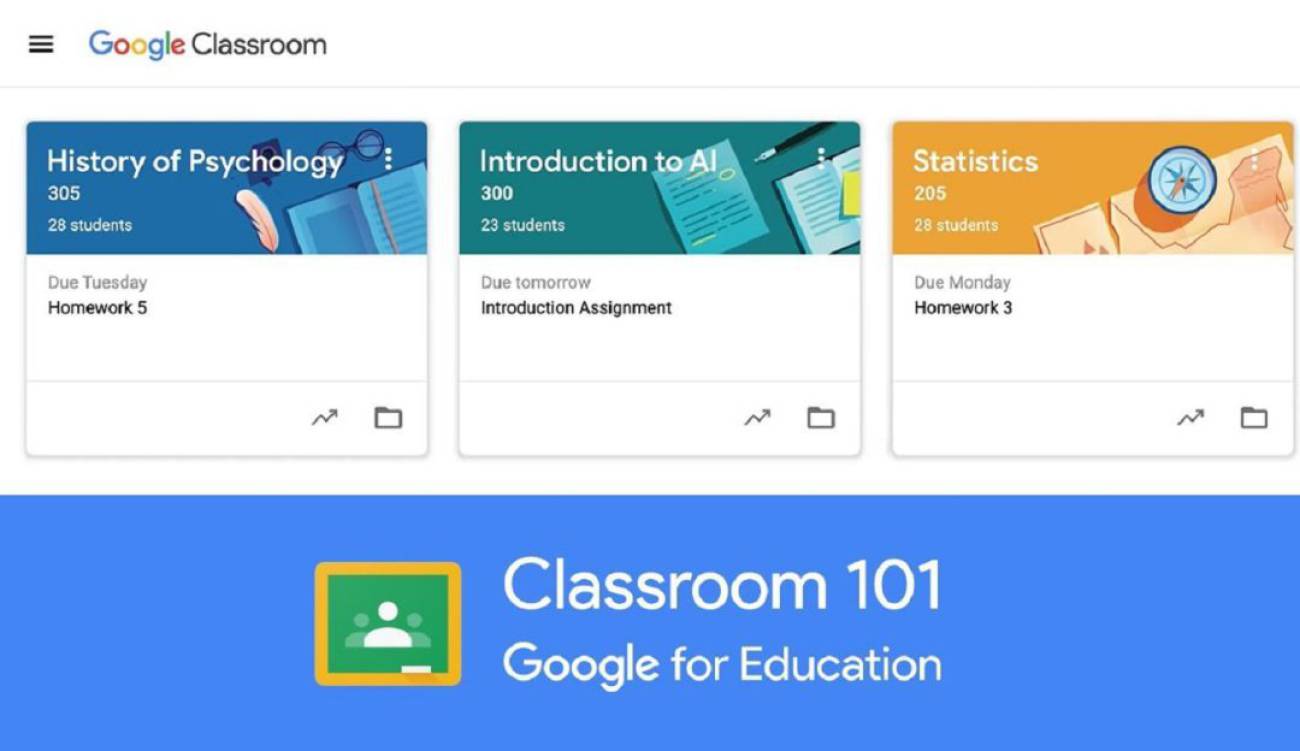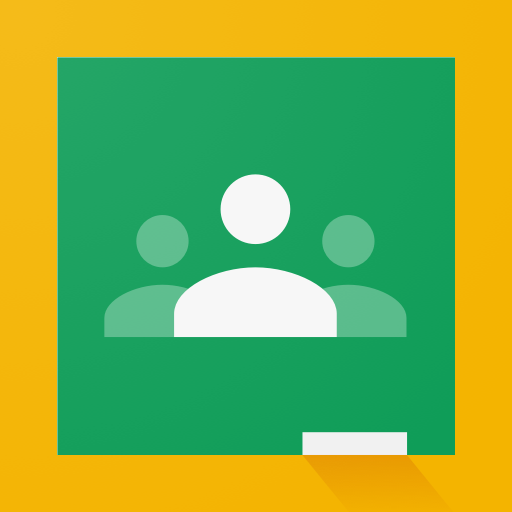
(Pro tip: It’s good to number your assignments to eliminate confusion.) A descriptive title for your assignment.Things to include in your assignment or question (above): The “subject” field lets you choose from a list of class subjects or type your own.Many teachers will use this field for the class period. Use the “section” field to differentiate between different classes of the same type.This is how your students will identify your class when they open Google Classroom. You can add new classes with the “+” button. If you have some classes already, they’ll display on this home screen.If you’re getting started for the first time, your screen will likely look like the one above.(It’s next to the checkerboard icon you use to access all of your apps.) Then click “Create class.” Click on the “+” button in the top right to create your first class. Anyone with a Google account can now use Google Classroom.Ģ. Google Classroom is now available for Google for Education accounts as well as regular Gmail accounts.Also, be sure to scroll down to the bottom of this post for a link to this guide in a shareable ebook format, plus links to even more resources.

Feel free to click on the screenshots below to see the full-sized versions. This guide will show you how to set Google Classroom up in a matter of minutes and perform the main tasks. It will even address a few things Classroom will NOT do, as it’s not a fully-featured learning management system.Ĭonsider keeping this post open in one tab in your browser and Classroom in another so you can refer back. Have you set up Google Classroom in your classroom? If not, now is the time!

It creates a central home for class activities.

At its core, Google Classroom does a few things and does them really well And it certainly has lived up to its billing.Ĭlassroom has streamlined the classroom workflow and makes communication easier between teaches and students. Google Classroom was created to focus less time on tech and more time on teaching.


 0 kommentar(er)
0 kommentar(er)
